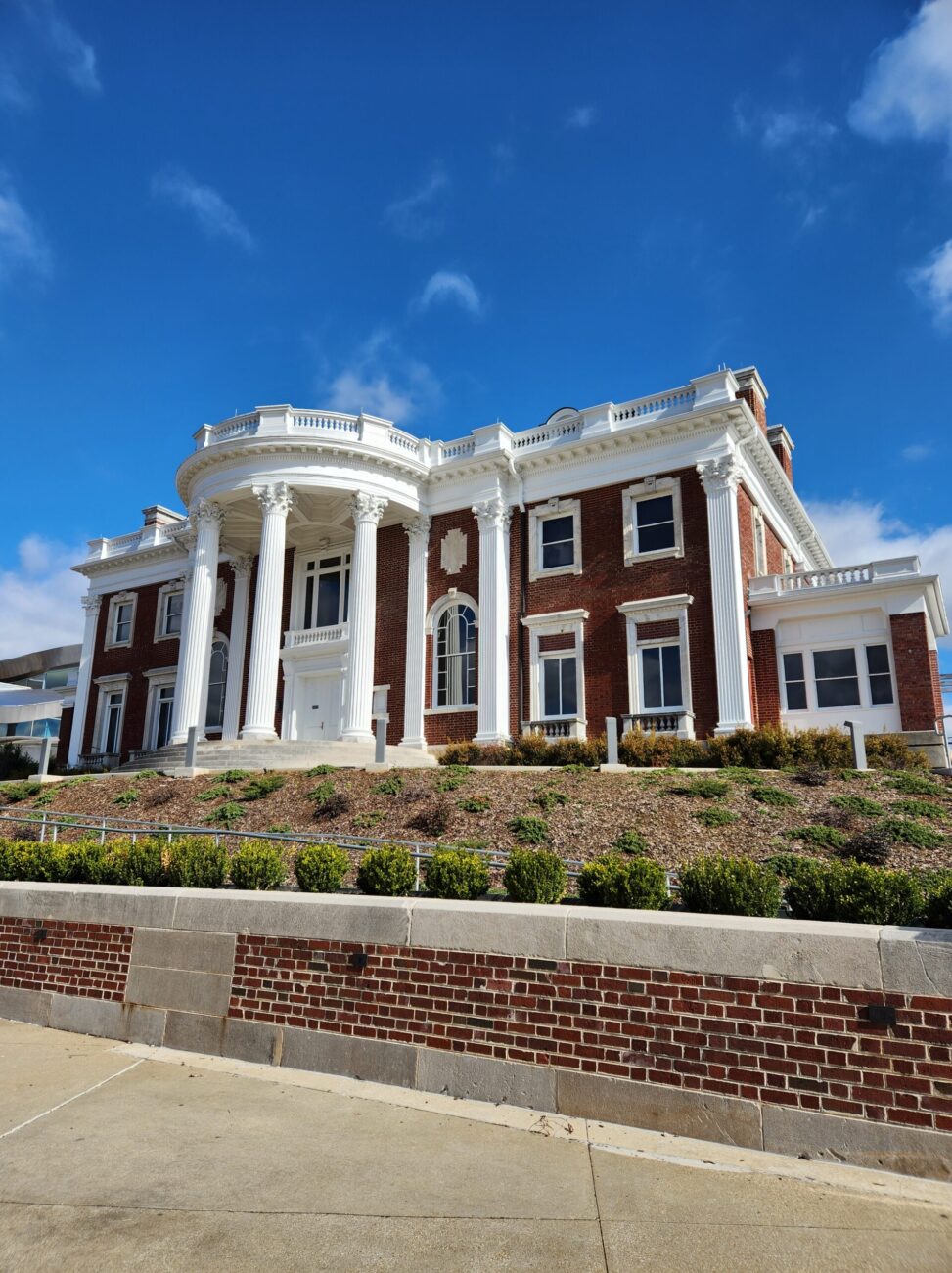When I originally looked at going to the Hunter Museum of American Art (10 Bluff View Ave., Chattanooga, TN 37403), I thought that it was only one building. It is, in fact, three buildings that join to create a beautifully curated museum.
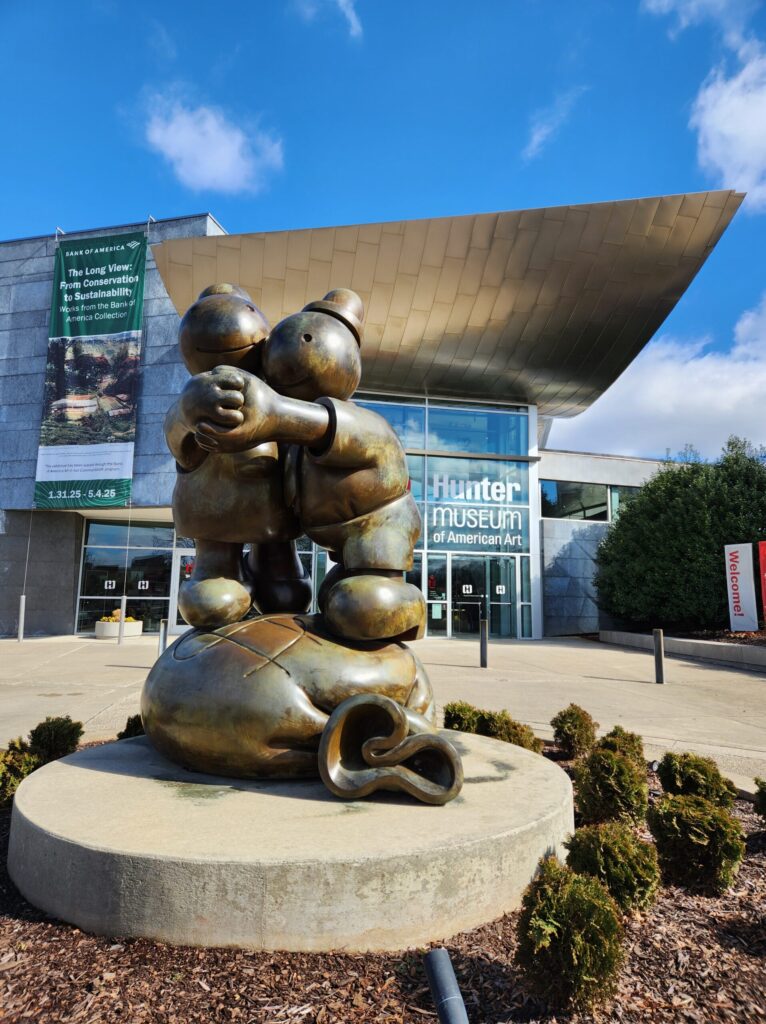
Note: They have free parking for those who go to the museum. When you enter the museum and have them scan your pre-purchased tickets, or you purchase tickets, you give them your tag number and they will set the parking meter for you.
When you enter, you can go left or right to start your journey through the museum.
One way takes you to the permanent exhibits and the other takes you to whatever their temporary exhibit is. Permanent exhibits are those that stay at the museum all the time. They are pieces that the museum has either purchased or those that have been donated. The temporary exhibits are only available for a limited time; and these pieces are on loan from other places or people.
Before you do, be sure to take a moment to step out onto the balcony to get a gorgeous view of the river and the Walnut Street Bridge.
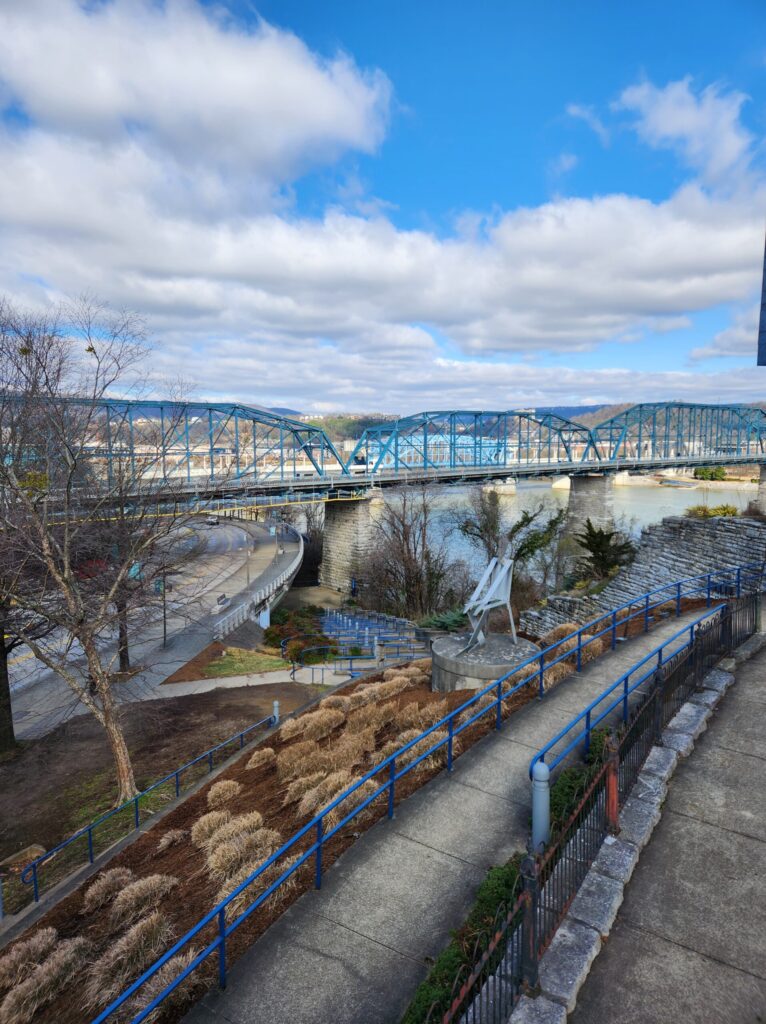
Their temporary exhibit when I was there was called “The Long View: From Conservation to Sustainability” – on loan from the Banks of America collection.
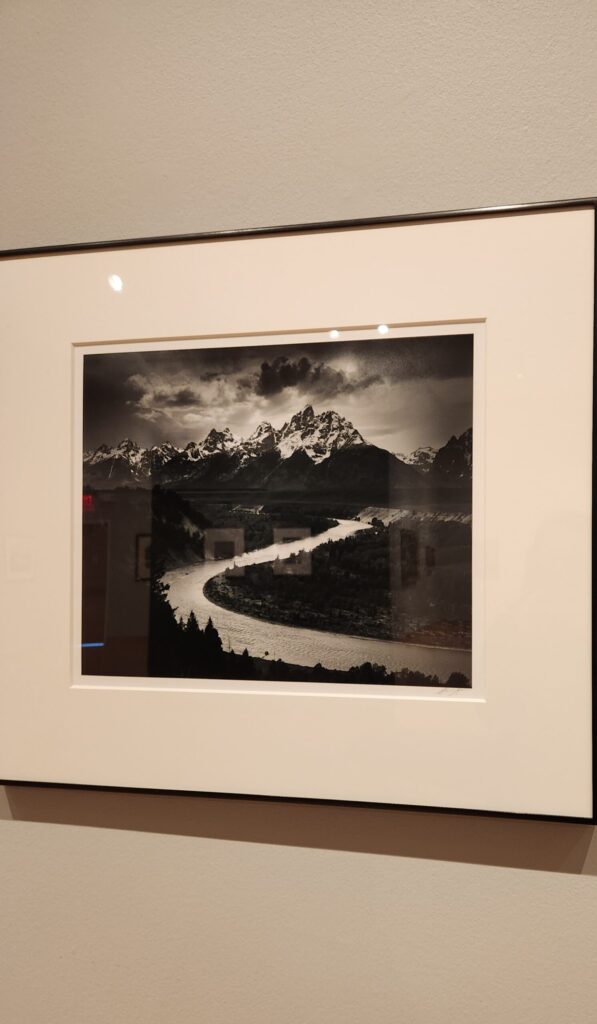
As I went along, looking at the art and reading about each piece, it was interesting to see how artists of all kinds actually helped in the creation of the National Park System. Some of the photographs were even used as evidence in Congressional proceedings to help convince them to pass legislation to protect these natural areas.
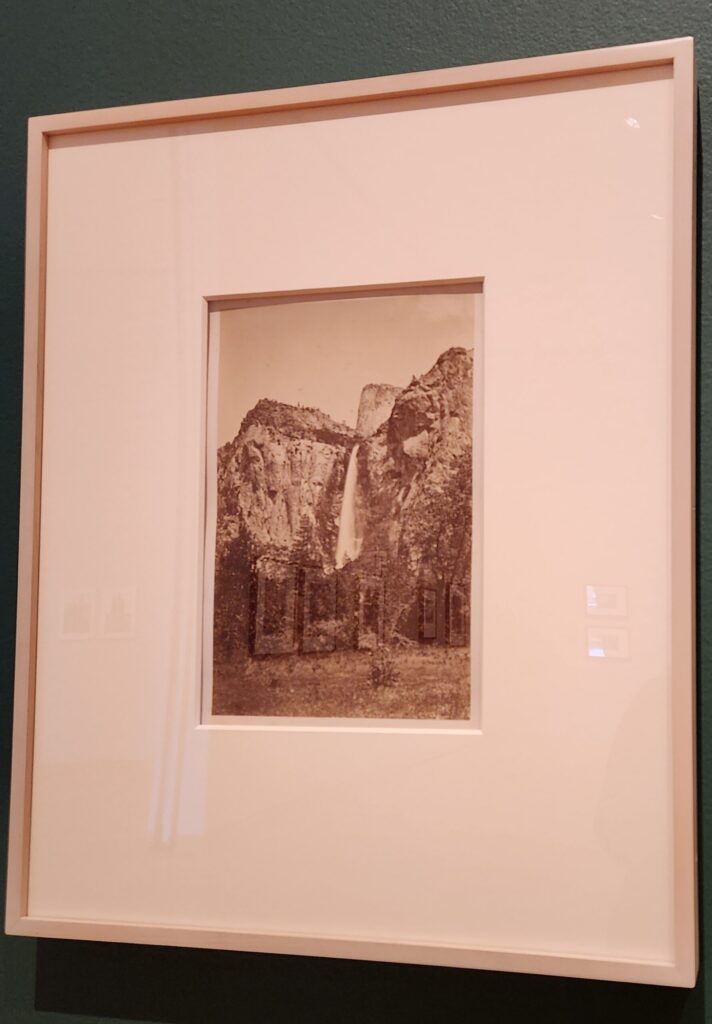
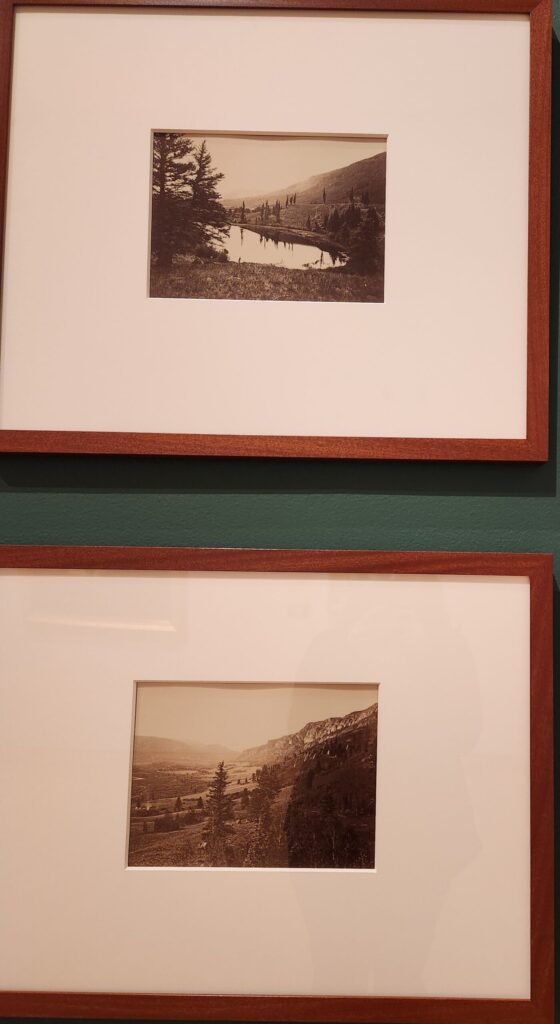
Many artists traveled with the federal government’s Geological Survey crews and with teams that led the expansion into the West. Their art, and others like it, was responsible for many people getting the only views of the American West that they ever saw. In the same way that I can live vicariously through the artists that hike deep into the forests or travel to certain places that I may never get the chance to, people back in the day who didn’t have the opportunity to travel still got the chance to see it and experience it through the art that was shared.
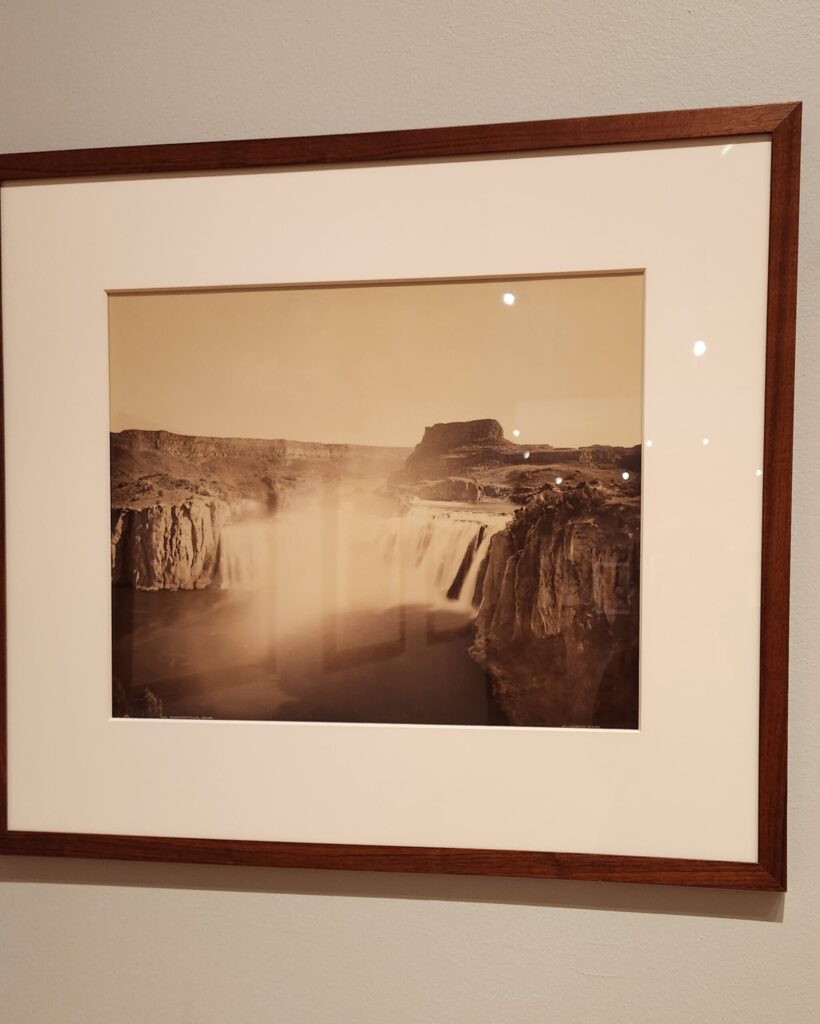
But not just the West, everywhere really. Places like Yellowstone National Park, Niagara Falls, Shoshone Falls in Idaho, and so much more.
Because of these artists early works, we can look at photographs from then and now to see how the landscape has changed over time. To see how cities and even specific buildings have changed. It was especially neat to see this painting of Niagara Falls, a place that I’ve been, because it’s changed so much since this painting was done.
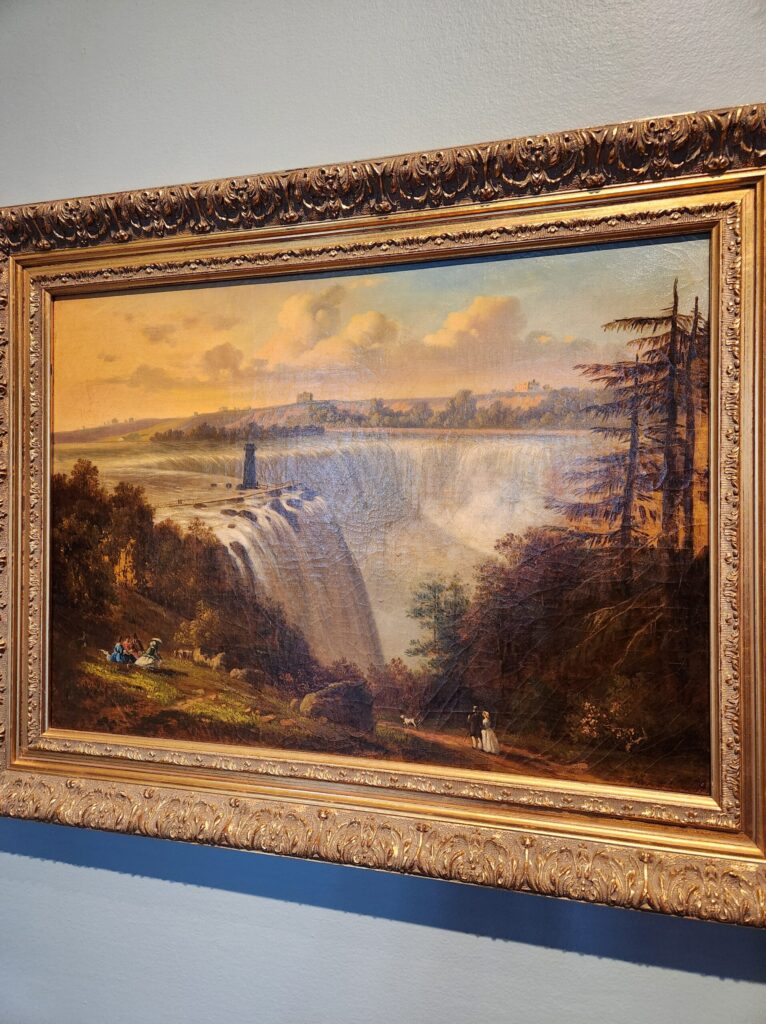
There is such creativity in the different techniques that artists use.
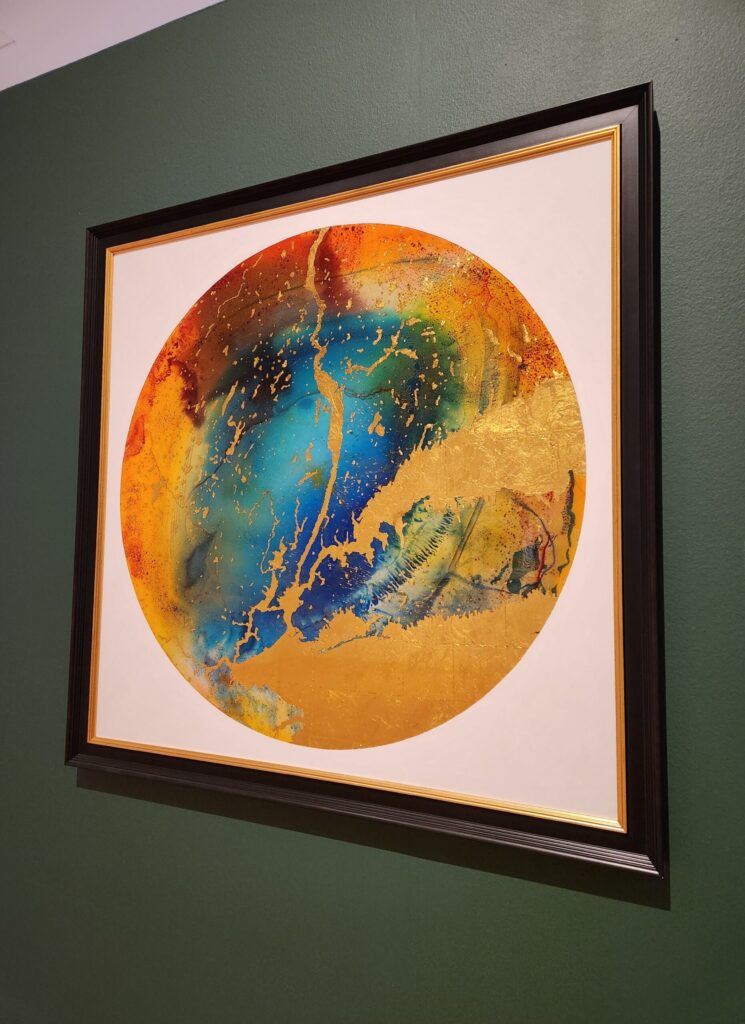
From creating with raw iron oxide that was taken from polluted waters, to metal, to glass, to fabric, to paper, and more. And all of the different ways that they use these raw products to create their vision.

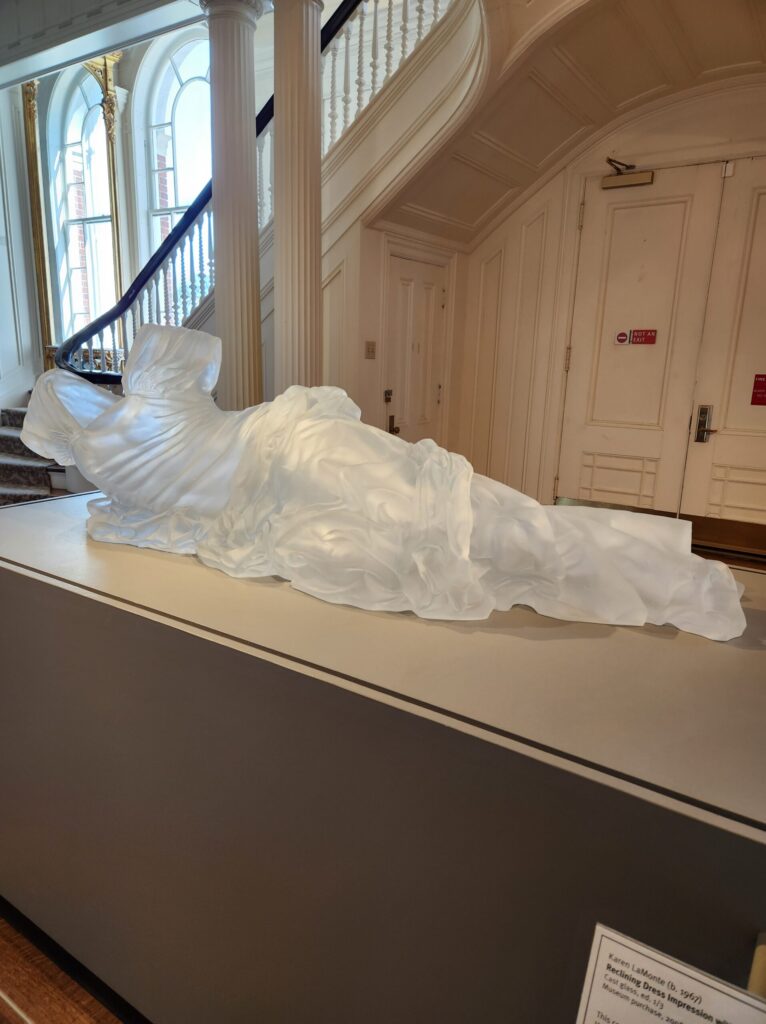
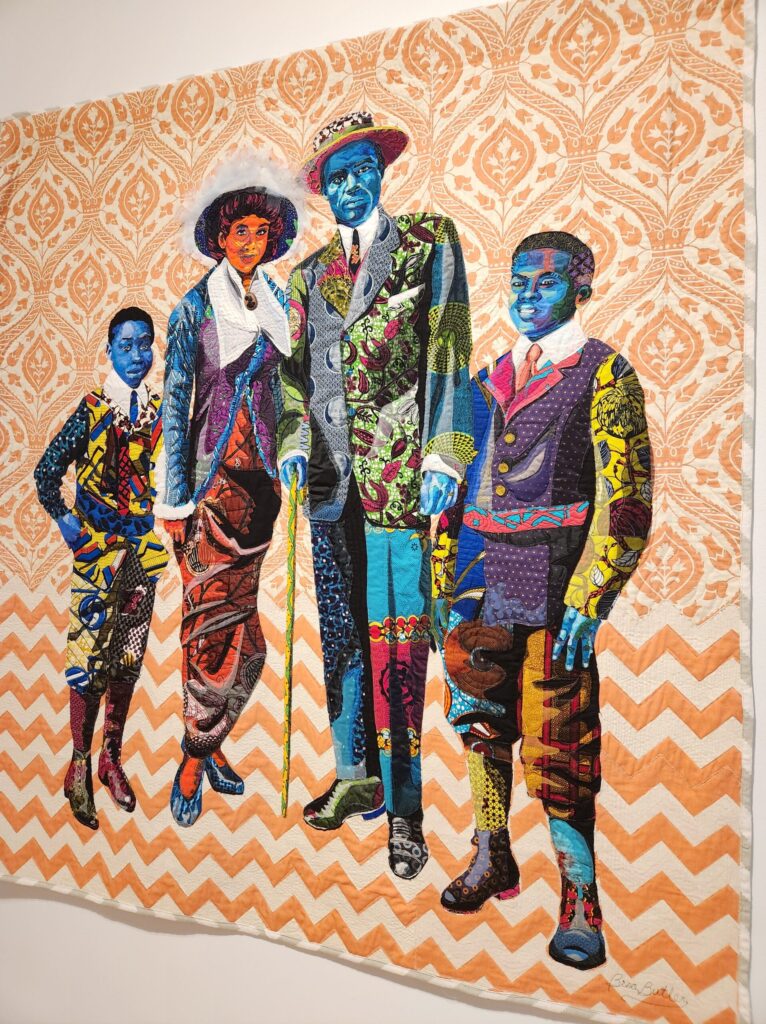

Also, extremely fascinating to me are the subjects that people choose to focus on.
One of my favorite pieces was done by an artist who finds random, everyday people on the street, shows them history books and lets them choose how they want to be represented.
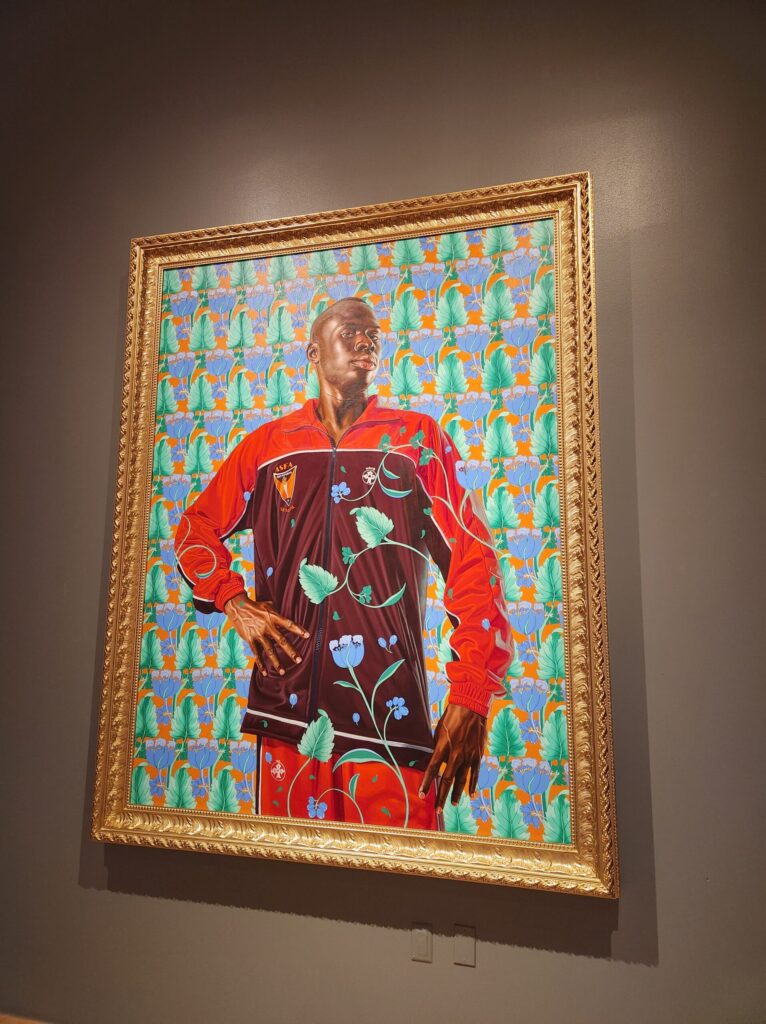
Some artists focus on landscapes while other focus on urban settings. Some fruit, some animals, some furniture, and everything in between.
And it’s all beautiful in its own way. It all tells a story somehow. Of a place, a person, a time, a feeling, a dream, or something important to the artist.
This piece intrigued me because of the one woman that seemed to be staring at the artist, while everyone else was going about their own business.
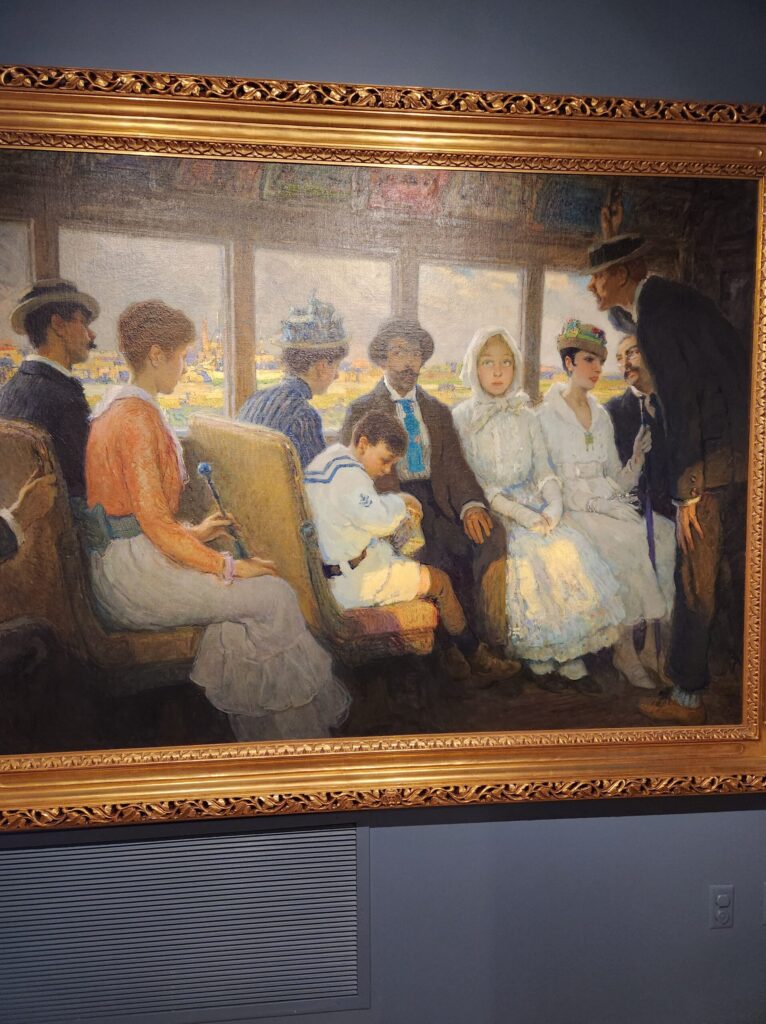
I’ve always loved stained glass, and have seen several pieces by the famous Louis Comfort Tiffany (including the pieces in Cleveland, OH and in Jekyll Island, GA). So it was something to learn that Tiffany was a fierce rival of another famous glass artist, John La Farge.

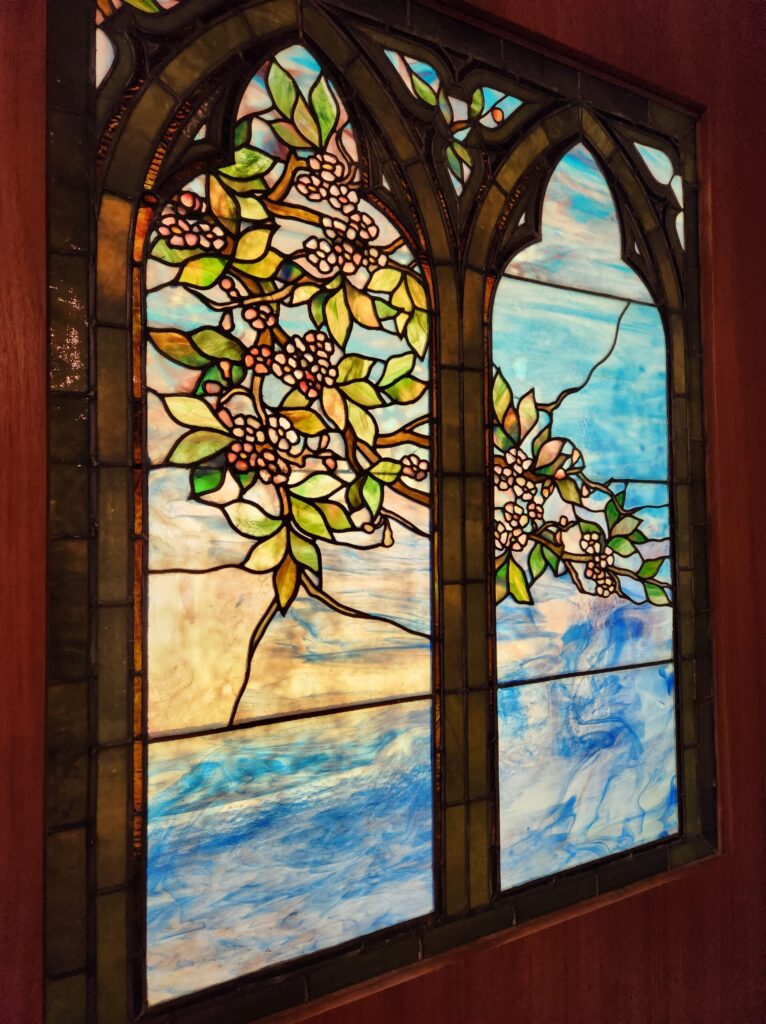
Both of these pieces were done by the incredibly talented John La Farge
Their main debate was, and still is, who started using opalescent glass first? According to the information at the museum: “The introduction of opalescent glass in the late 1800s transformed the thousand-year-old art of stained glass. While stained glass was originally made with painted or enameled clear glass, opalescent glass has its own inherent color.” It’s the glass that we’re more likely to see in stores today. With all of the different colors and swirls.
Although many records show that La Farge was the one who invited Tiffany to view some of his early experiments and projects with opalescent glass, thus he was the first to use it, that question is still not concretely answered.
Here are a few of my other favorite pieces:
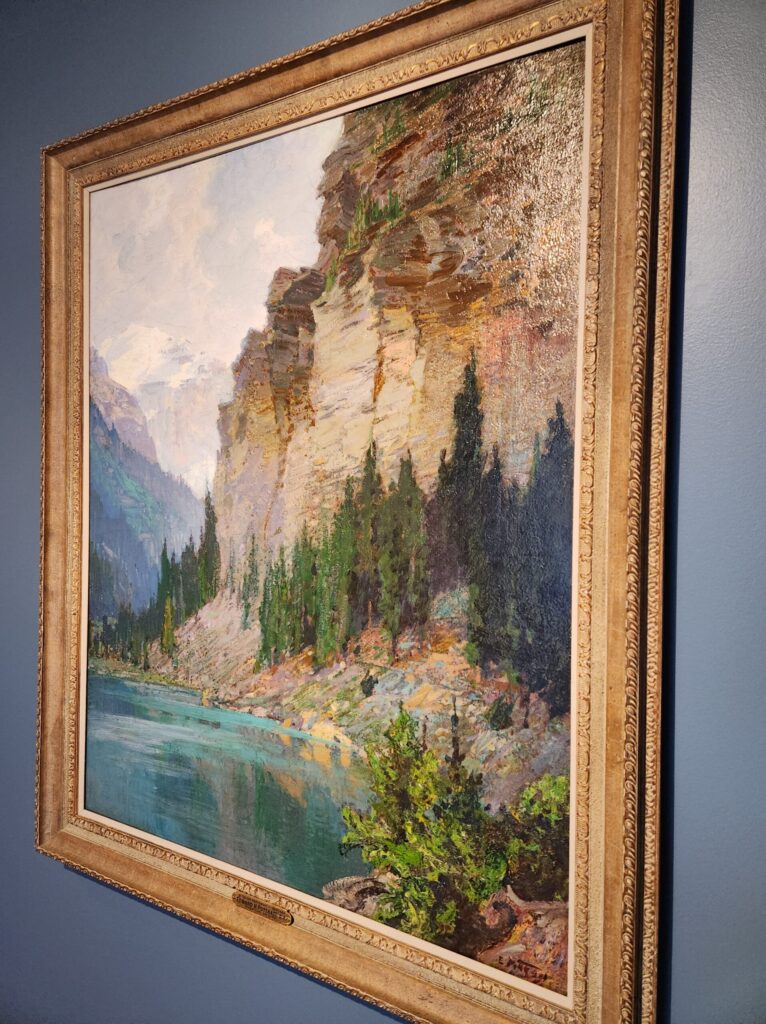
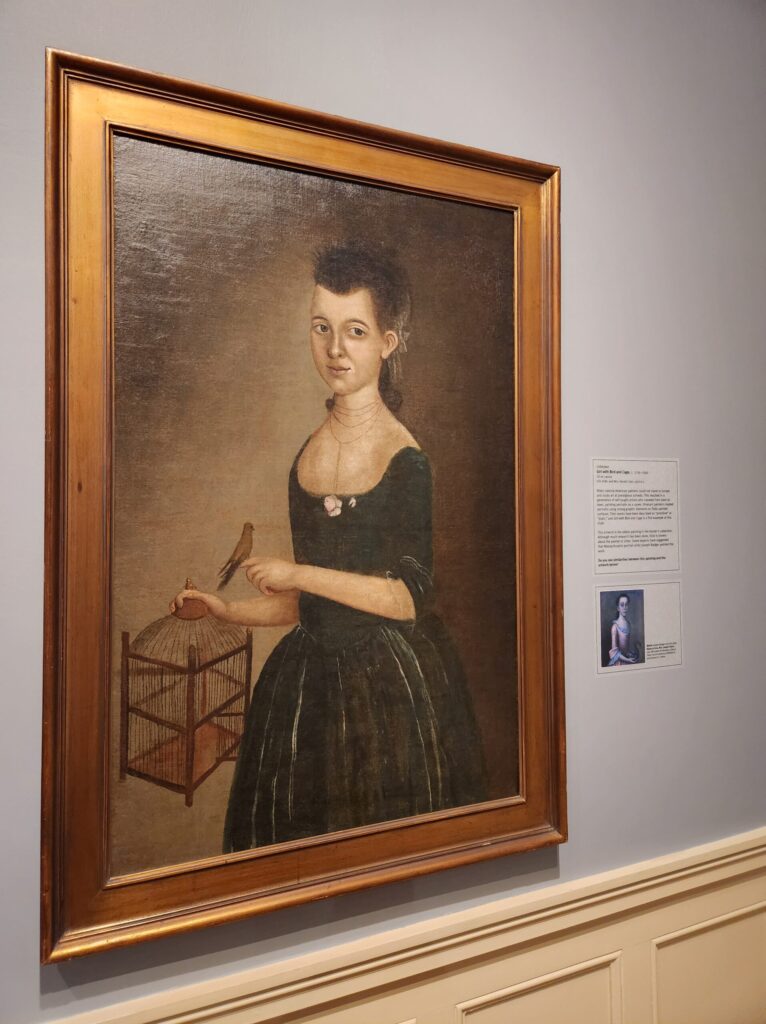
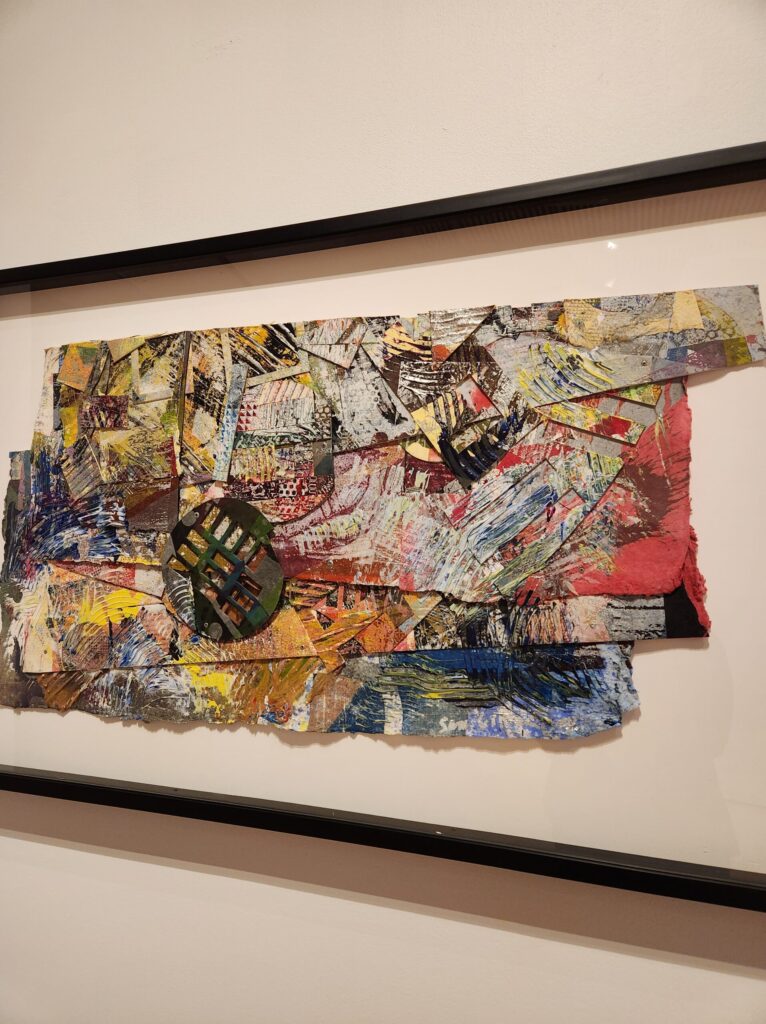
Outside the museum there is an Outdoor Sculpture Garden.
I didn’t have time to walk around and see all of the sculptures that day. Hopefully on another trip to the area I’ll be able to do so. The few that I saw right near the building were really beautiful.
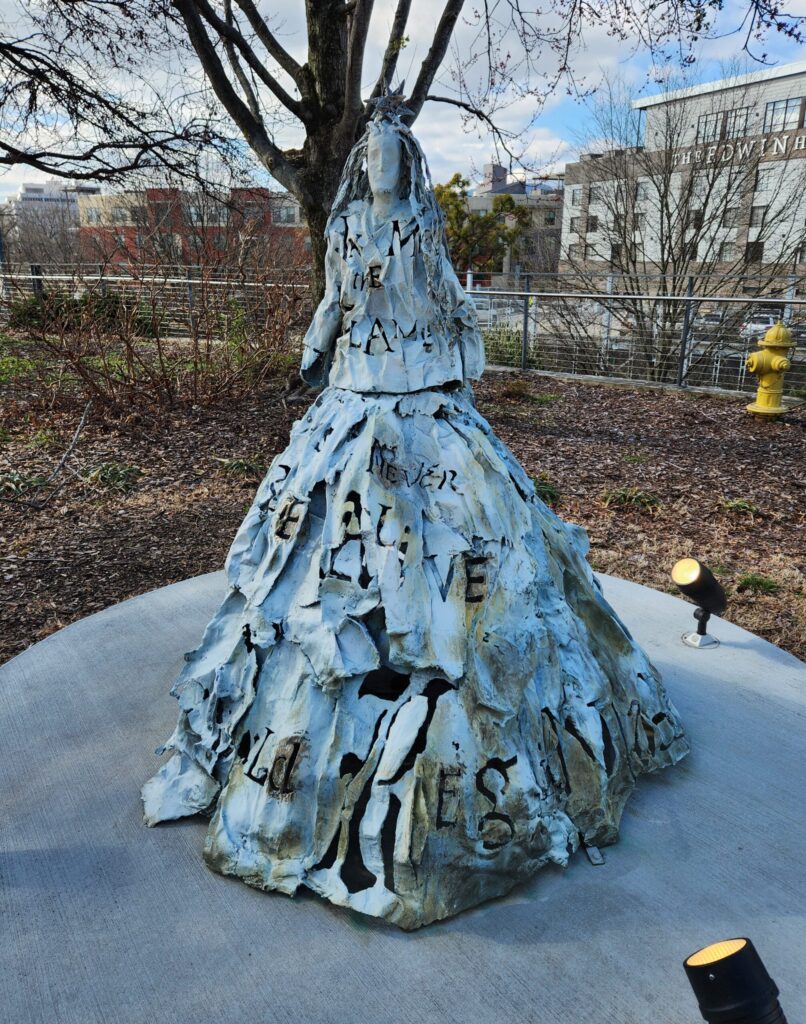
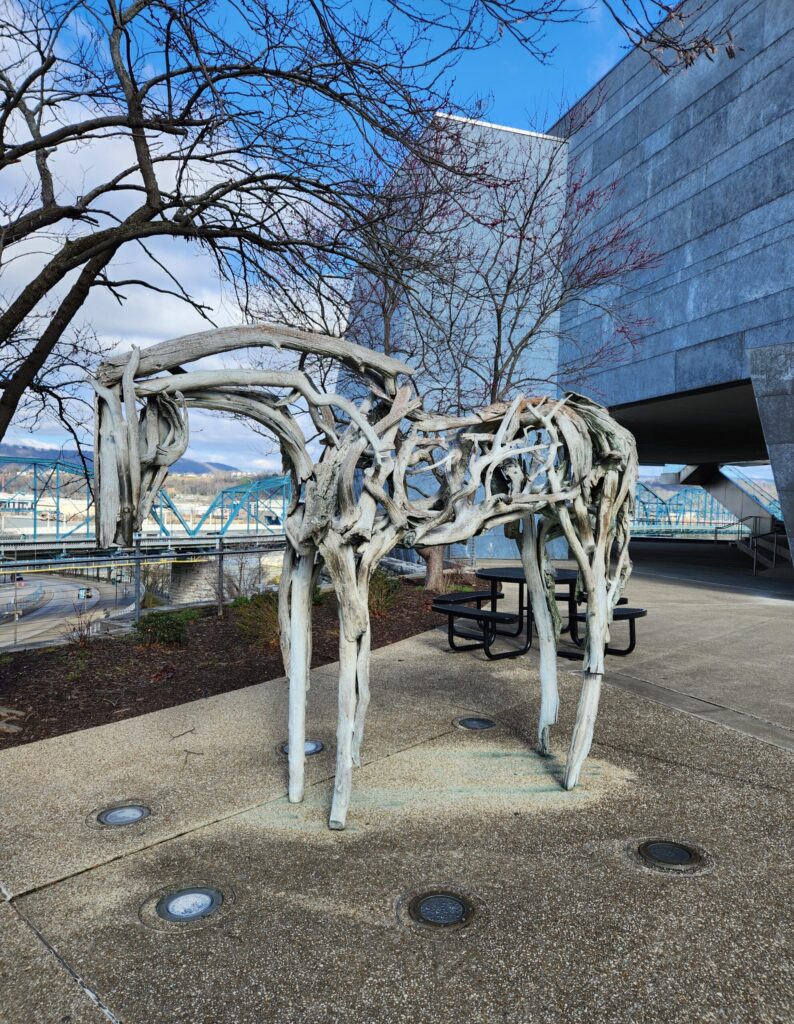
Just across from the front doors of the Hunter Museum, you’ll find a winding walkway, the start of a walk across the Walnut Street Bridge, and the Bluff View Art District.
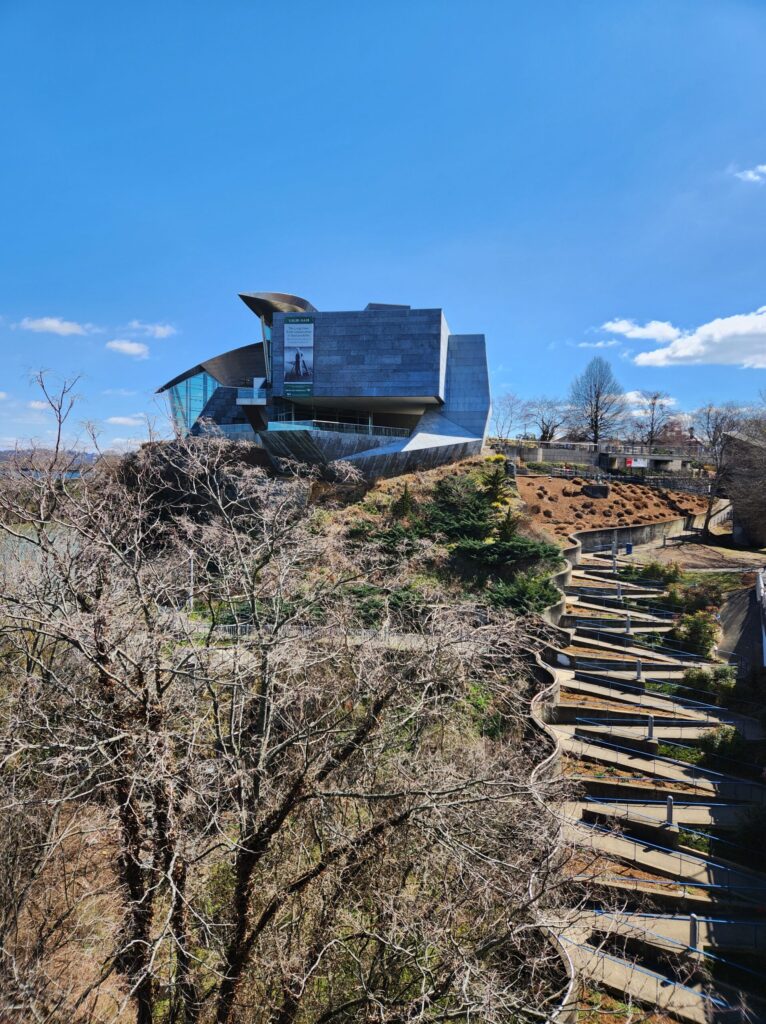
The Bluff View Art District has restaurants (Rembrandt’s Coffee House was really good – 204 High St., Chattanooga, TN), shops, galleries, and much more to explore.
And if you get a chance to walk across the Walnut Street Bridge, you’ll be walking along one of the longest pedestrian bridges in the country. It was built in 1890.
If you’re looking for other things to do while you’re in the Chattanooga area I wrote a blog post about all of the fun things I did while I was in town.
